The 2024 Porsche Macan EV Is Here

The long-awaited continuation of Porsche’s electric lineup is finally here. The all-new, all-electric Porsche Macan starts at $80,450 for the Macan 4, and $106,950 for the Macan Turbo (which is the range-topper, for now). This puts the Macan 4 roughly on the same plane as the gas-powered $73,000 Macan S, despite its vastly different look and higher price.
Of course, the looks aren’t all that’s new. Nearly everything is. The Macan range begins with the aforementioned Macan 4, which as the name suggests, gets a dual-motor setup producing a “maximum” 402 horsepower and 479 pound-feet of torque. These figures are quoted by Porsche only when the car’s launch function with overboost is active, and normal outputs, though not quoted, will be slightly lower. Regardless, that means a top speed of 136 mph and an impressive 4.9-second 0-60 sprint.
For now at least, the Macan Turbo sits at the top of the lineup. Using two electric motors, its 630 horsepower and 833 pound-feet of torque are good for a top speed of 161 mph and a 0-60 time of just 3.1 seconds (a figure that is faster than some 911s). The Turbo also has a clever rear-wheel torque vectoring system (via a limited-slip differential) that the Macan 4 has to do without.
Porsche says both versions are powered by the same battery. The 95kWh unit uses the same 800-volt architecture as the Taycan to achieve impressive fast charging speeds of up to 270kW. Provided you can find a charger that’ll do the same, of course. Should you be able to, the Macan will charge from 10% to 80% in 21 minutes. On a less powerful 400-volt charger, the brand quotes a lower charging speed of 135kW. Unfortunately, range figures aren’t available just yet, but we assume the Macan 4 will have longer legs than the high-powered Turbo model.
The electric drivetrain isn’t all that differentiates the electric Macan from the gas-powered one. There are significant aesthetic differences, especially outside. Porsche’s new Macan is larger by 2 inches in length and width, as well as a whole 3.4 inches longer between the wheels. The slippery new look is there for a reason too, with the Macan boasting a drastically reduced drag coefficient to maximize range. The electrified crossover beats the gas one .25 to .35. This is partly due to the electronically operated grille panels and an active rear spoiler (which is standard). Other aesthetic changes include new fascias, wheel options, and a more sloped rear.
Inside, the new Porsche EV looks much more Taycan than it does Macan. Porsche’s traditional triple-gauge layout still sits in front of the wheel as part of a 12.6-inch digital dash, and infotainment is handled by Porsche’s latest 10.9-inch infotainment screen. A second passenger screen is available here too, and climate controls are much more Cayenne-like, located lower down in the center stack. Storage space is ample, as one would expect of the larger crossover SUV. Porsche says there’s 18 cubic feet in the rear hatch, which expands to a total volume of 46.5 cubic feet with the seats down. The brand is already taking orders, and deliveries are slated for later this year.

Chase is an automotive journalist with years of experience in the industry. He writes for outlets like Edmunds and AutoGuide, among many others. When not writing, Chase is in front of the camera over at The Overrun, his YouTube channel run alongside his friend and co-host Jobe Teehan. If he's not writing reviews of the latest in cars or producing industry coverage, Chase is at home in the driver's seat of his own (usually German) sports cars.
More by Chase Bierenkoven



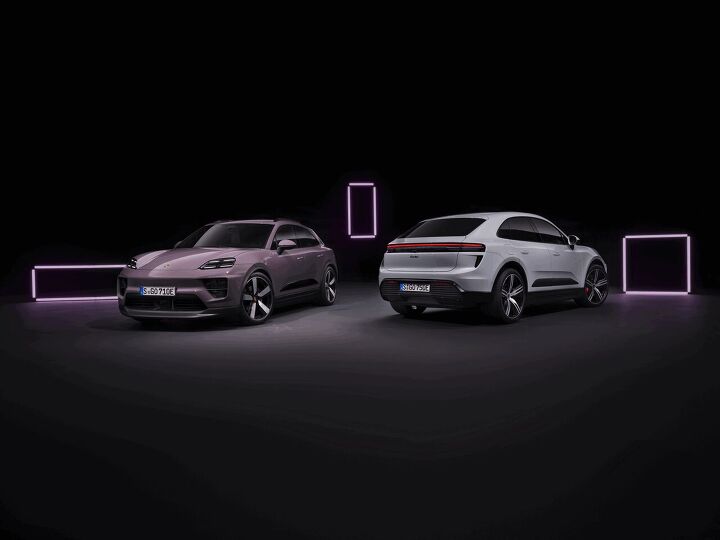

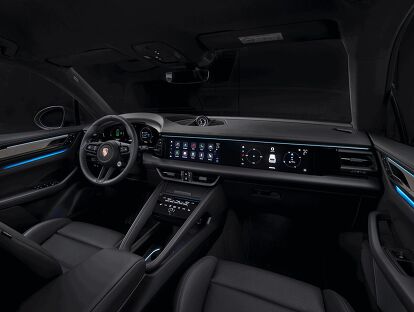



























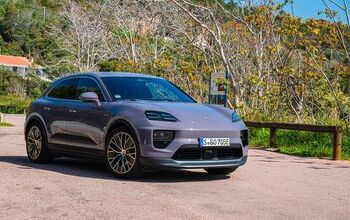
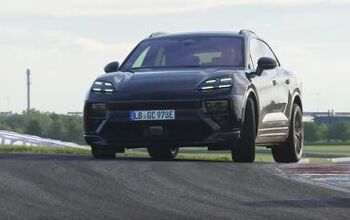
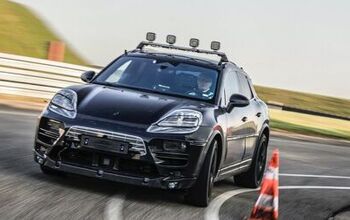

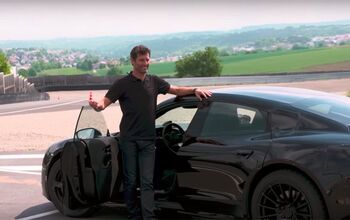










Comments
Join the conversation